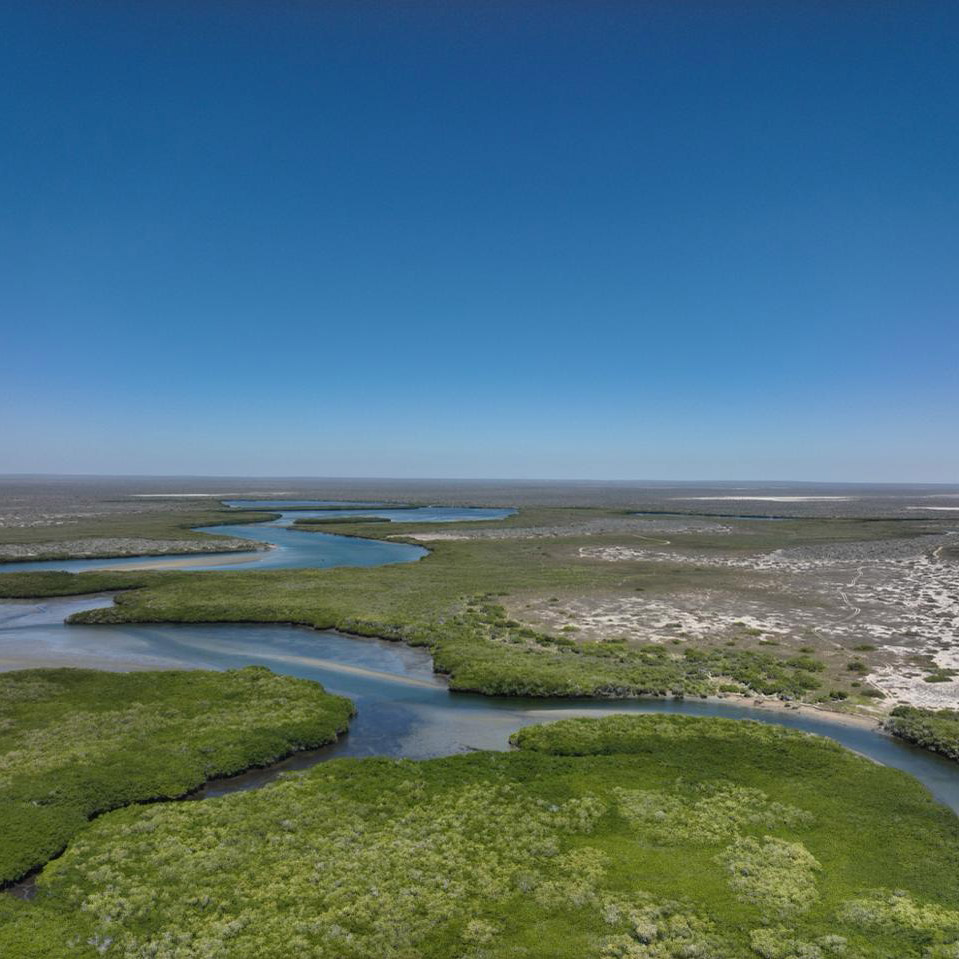


Environmental Benefits
The ARBA project is designed around sustainability principles, aiming not only to use resources efficiently but also to restore, conserve, and protect the environment in a region especially vulnerable to climate change and aquifer overexploitation.
1. Reduction of Aquifer Overexploitation
The introduction of a desalination plant as the primary water source will reduce pressure on groundwater and coastal aquifers, allowing for natural recovery and preventing saline intrusion that threatens the viability of rural wells.
2. Use of Clean Energy
The project includes a solar generation system to power part of its operations, decreasing reliance on fossil fuels, reducing its carbon footprint, and contributing to the fight against global warming.
3. Sustainable Agriculture with Advanced Irrigation
Access to irrigation water will enable the implementation of drip systems and other efficient technologies, minimizing water waste and reducing the intensive use of agrochemicals, protecting soils and local biodiversity.
4. Responsible Management of Organic Waste
The agroindustrial infrastructure is designed with a circular economy approach, where waste from processes such as animal slaughter or agriculture will be repurposed for compost, bioenergy, or animal feed.
5. Productive Use of Hypersaline Water, Zero Waste
Unlike most desalination projects, ARBA will not discharge hypersaline byproducts back into the sea. Instead, they will be used as raw material for producing minerals and fertilizers, cultivating specialized crops like microalgae, and other productive applications, reducing environmental impact and generating new value chains.
6. Restoration of Productive Ecosystems
By rehabilitating agricultural land and promoting regenerative practices, eroded soils will be recovered, native species planted, and ecological corridors strengthened to support local wildlife.
7. Reduction of Transportation Footprint
Local food production will reduce the need for imports from thousands of kilometers away, cutting emissions associated with land and maritime freight transport.
8. Infrastructure Designed with Environmental Criteria
From facilities to wastewater management systems, the entire complex is planned to minimize environmental impact, comply with national and international standards, and prove that development without destruction is possible.